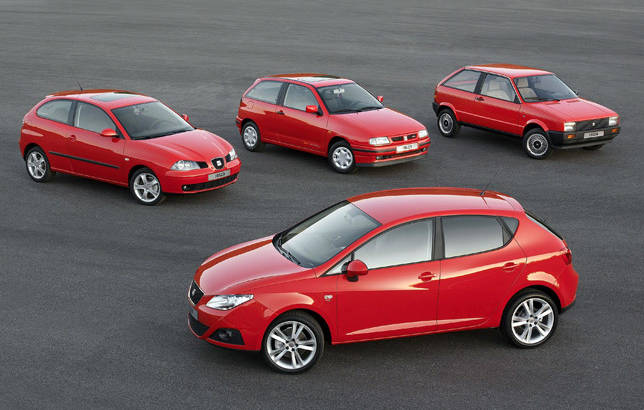Seat owes a part of what it is today to the Ibiza, the car that brought the Spanish manufacturer its first clients and golden age. 1984 is the year the first Ibiza hit the market.
Since then, this model has been driving on streets and roads all over the world continuously for 33 years. In three decades, the Ibiza has accumulated four generations. It is the top selling Spanish passenger car. In fact, to date, more than 5.4 million units have been sold. If they were arranged in a straight line, they would exceed the distance between Barcelona and New Zealand.
Every generation of the Ibiza was designed, developed and produced in Barcelona. Italy’s Giorgetto Giugiaro was the Design Director responsible for the first generation. The engine was developed with the collaboration of Porsche, thereby creating the System Porsche designation, and car module manufacturer Karmann helped build the bodywork.
After 33 years, the Seat Ibiza consumes less than half as much as the first generation, from 7.8 litres/100 km in 1984 down to 3.6 litres on today’s 90 hp Ibiza 1.4 TDI.
Every day 700 new Seat Ibiza roll out of the Martorell factory. Of these, 80% are exported to over 75 countries. In fact, the Ibiza was behind the internationalisation of the brand as it was the first model to be regularly exported from Martorell.
More than 700 robots are involved in its production. Each vehicle contains 3,000 parts, and it travels nearly 12 km to complete its production process. In addition, since 1984 more than 70 million kilos of paint have been used, which is equivalent to painting the Eiffel Tower more than 1,000 times.



